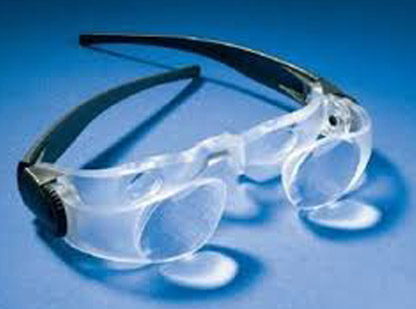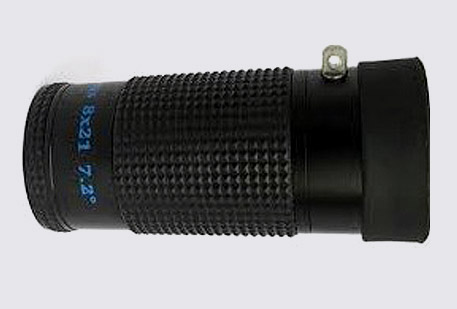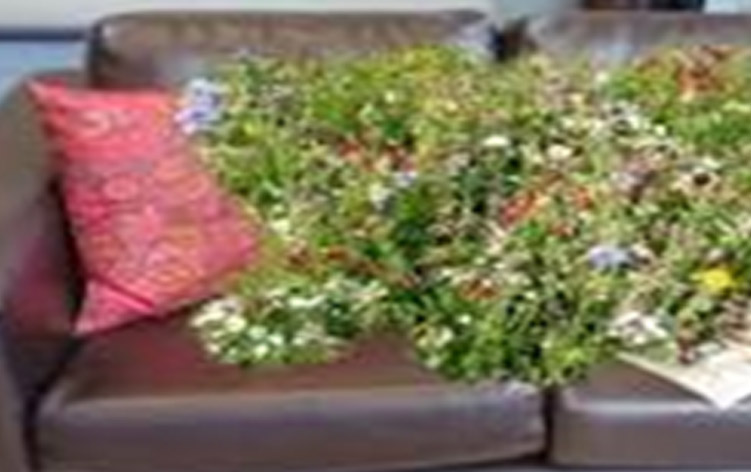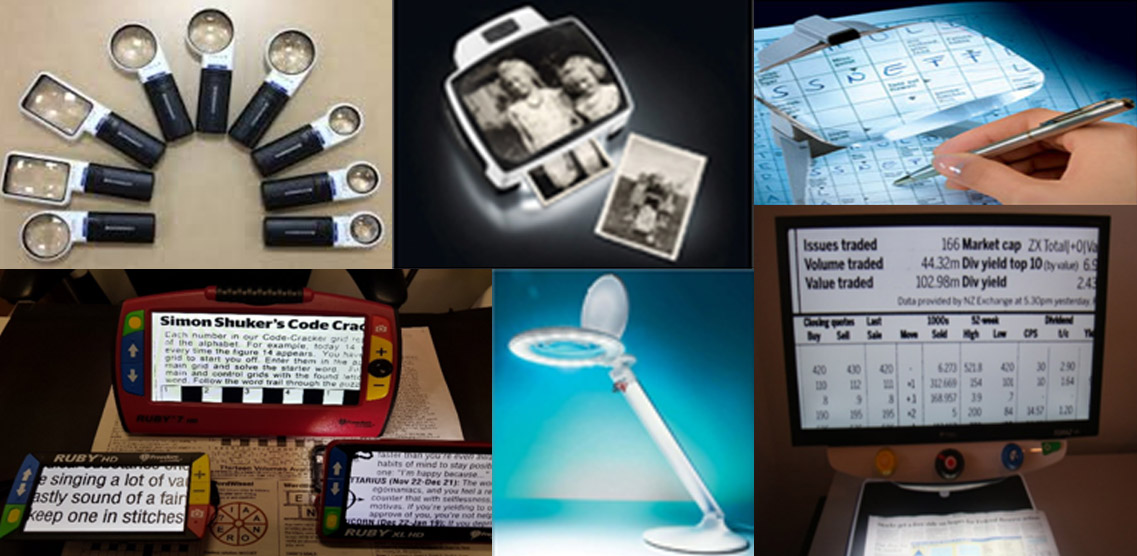Many people want a bigger magnifier, thinking they will see more. A bigger magnifier is usually a weaker one. That means the area seen through the magnifier is larger, but the letters are not much bigger than without the magnifier.
Good magnifiers have:
- Minimal distortion around the edge of the lens.
- Minimal coloured fringes around the lens.
- A hard surface coating to reduce scratches.
- May have light built in which is well aligned to light the area in the centre of the lens.
- Minimal frame surrounding to allow light to reach under if without built in light.
- Easily accessible battery change mechanism suitable for people with poor vision if powered by battery. Many magnifiers are designed for craft or workshop use rather than for people with low vision.
- Very lightweight or have own stand to hold magnifier at correct distance for focus.
- Clear optics without reducing contrast. Many people with low vision have reduced contrast sensitivity as a consequence of their eye condition. Further reducing contrast with a magnifier is not helpful.
Magnifiers should be kept clean in just the same way spectacles are cleaned i.e. the lens is sprayed with spectacle lens cleaner and dried with a soft lens cloth.
The magnification is recorded as 2x, 3x etc. As the magnification increases, the letters look bigger but the area seen through the magnifier becomes smaller.
A stronger magnifier has;
- to be moved more to scan a line of print,
- be held steadier as movements are also magnified, and
- held closer to the print to get the correct focus.

Stand Magnifiers
Some magnifiers have their own stand which holds the magnifier steady at the correct distance from the print. Such magnifiers should sit on the page and require use of reading glasses (or equivalent) for best focus.
A magnifier attached to a flexible arm is not a “stand” magnifier. It is a hand- held magnifier attached to a lamp or bench.
Distance Magnifiers
TV magnifying spectacles:

- Can be worn for outdoor viewing also.
- Have approximately 2x magnification
- Can use two eyes providing the distance between the eyes is in the average range.
Monocular

- Small size, used with better eye.
- Come with variable magnification and focus range. Higher magnification gives smaller area seen so need to scan more.
- Requires practice to get skilled at moving head and monocular together to follow a moving target.
Low Vision Services has a large range of magnifiers available.
Phone (09) 5205208 or 0800 555 546







